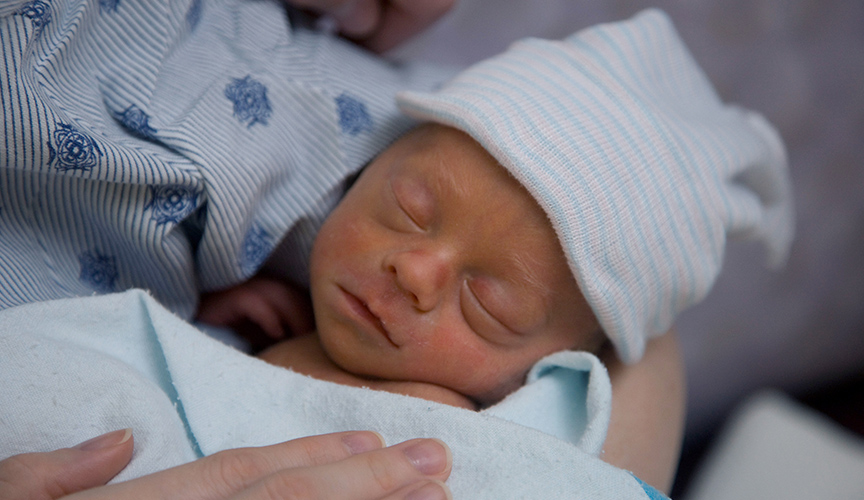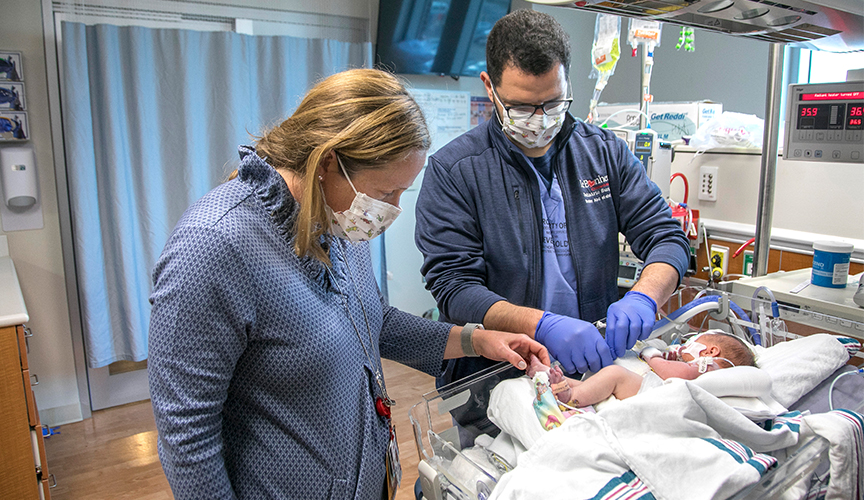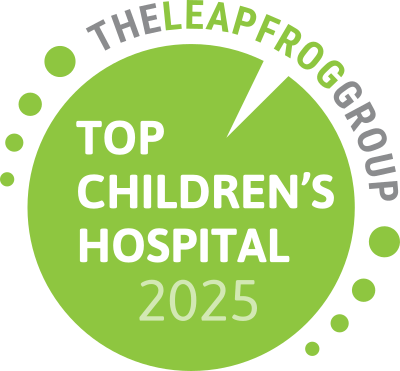Neonatology
Gut Microbial Dysbiosis and Gut-Lung Axis in Newborn Mice

Researchers Joseph Pierre, PhD, Ajay Talati, MD, and Kent Willis, MD, study host-microbiome interactions at the beginning of life with a focus on the gut-lung axis in bronchopulmonary dysplasia, a chronic lung disease of preterm infants. Their translational work utilizes a mixed approach of gnotobiotic and antibiotic-exposure animal models and human cohort studies to gain insight into how commensal microbes alter newborn physiology.
Premature infants, particularly those who receive oxygen treatment soon after birth, are at high risk of developing lung problems characterized by fibrosis and inflammation. Emerging research suggests that the communities of bacteria in the gut can impair development of the immune system and may also affect inflammation, which in turn plays an important role in lung disease. The interaction among these body systems is called the gut-lung axis.
Antibiotics are known to change the makeup of the gut microbiome and are linked to an increased risk of lung injury. Antibiotic treatment is common in premature babies, but how the gut is involved is not clear. Looking at how antibiotics affect offspring — even before birth — may help researchers better understand the gut-lung axis.
In a recent study, Pierre, Talati and Willis exposed mice to antibiotics before birth. These mice had more fibrosis with oxygen treatment than mice exposed only to antibiotics after birth. Offspring exposed to penicillin in the womb also had lower body mass and reduced capillary size than those not exposed before birth. Additionally, prenatal exposure altered levels of proteins that promote inflammation and immune function as well as those that affect microbial signaling in the lungs.
This study provides valuable experimental evidence that manipulation of gut microbiota by antibiotic exposure influences the progression of oxygen exposure-related lung injury and may assist in the interpretation of future observational studies in human newborns examining the role of the gut-lung axis in bronchopulmonary dysplasia.
Colonization of the Fungal Microbiome in Human Neonates

Previous research on the microbiome has focused on the bacterial communities but has neglected to examine the contributions of fungal communities. To address this gap, Researchers Joseph Pierre, PhD, Ajay Talati, MD, and Kent Willis, MD, are exploring how the fungal microbiome assembles in the human gut after birth.
The team is determining how fungi begin to colonize the newborn gut and what happens when this process goes awry. While there are many possibilities that remain to be explored, if the formation of early fungal communities does not proceed as usual, it could lead to asthma and potentially obesity. For scientists to understand if this process is unfolding improperly, knowledge of how the first fungal communities are supposed to form in newborns is needed. Recent research by this group is a key first step down this path.
Help us provide the best care for kids.
Le Bonheur Children's Hospital depends on the generosity of friends like you to help us serve 250,000 children each year, regardless of their family’s ability to pay. Every gift helps us improve the lives of children.
Donate Now
















